First Person Vs Third Person Writing
It's a question every author must answer before putting pen to paper: what point of view is right for this story?
The answer isn't always easy to figure out, but that's why we're here. In this post, we're going to help you figure out the advantages and disadvantages to each point of view. Let's get started!
A point of view is the perspective an author uses to give a glimpse into the world he's created. The reader may experience this world directly through the inner thoughts of a character or distantly from the perspective of an objective observer.
Point of view is an important literary device for exploring a story. The point of view an author chooses can determine how the reader understands and participates in the story.
Point of view can be used to express the feelings, thoughts, motivations, and experiences of one or many. It is the angle that the story is viewed through. For example, if you wanted to re-write the story of Rapunzel, you could choose several angles. You could:
- Write it from Rapunzel's perspective, either in her voice or limited to what she knows. What is she thinking, feeling, longing for, and experiencing?
- Write it from the perspective of the evil witch Dame Gothel. Was she evil or was she really just misunderstood?
- Write it from the perspective of the Prince who falls in love with Rapunzel. What does he see, believe, and struggle with?
- Write it from the perspective of an impartial observer. What is the moral of the story? Does this observer know about everyone's emotions and motivations or just Rapunzel's?
Those are just four options. There are many more ways that the story of Rapunzel could be told.
The point of view that you use to tell a story can influence how a reader feels about the characters or the lessons to learn within a story.
Let's dissect the different points of view.
The Different Points of View
First Person
When the narrator uses the pronouns I, me, myself, or mine to relate a story, you are dealing with a first person point of view. In this point of view, the readers experience the world vicariously through the narrator.
The advantage of first person is that you can immediately connect with the reader.
The disadvantage is that the author is limited to writing from one perspective.
There are several types of first person narrators:
The Protagonist - This is the main character. He or she is who the entire story is about. The reader is either inside of the protagonist's head and privy to his thoughts, or the protagonist relays the story in letters, journal entries, or through conversational devices.
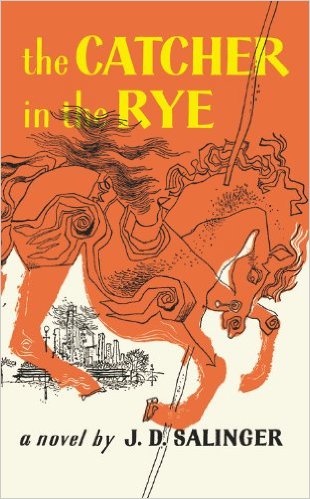
Example: The Catcher in the Rye, by J. D. Salinger
Another Major or Minor Character - This narrator acts as a character within the story but is not the protagonist of the story. He or she may recall events that happened to the protagonist, but there are things about the protagonist that this type of narrator will not know. This type of narrator will not know what the protagonist is thinking, unless the protagonist chooses to share his thoughts. Otherwise, it's conjecture and assumption.
The value of this type of narrator is that you, the reader, can experience the protagonist from the viewpoint of the someone else who's experiencing a parallel experience within the same story. This perspective may add more objectivity to how the reader sees the protagonist, but not always. That's because this secondary character has his own emotions and opinions that will influence how he describes the protagonist and his choices.

Example: The Hound of Baskervilles, by Sir Arthur Conan Doyle
The Observer - This narrator witnesses the story but does not necessarily experience the story himself. This type of narrator is closely related to third person omniscient (more below) because he can provide somewhat objective commentary. However, the first person observer does not have the ability to know everything about every situation. The observer is limited to his own perspective.

Example: The Hound of Baskervilles, by Sir Arthur Conan Doyle
The Unreliable Narrator - This type of narrator generally appears in first person point of view, but can be relayed in third person. The unreliable narrator is a fun, but controversial, character who at first appears sane, unbiased, or balanced and then, as the story unfolds, is revealed to be not who the audience thinks he is.
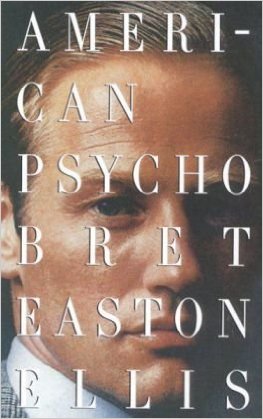
Example: American Psycho, by Bret Easton Ellis
Second Person
When a narrator uses the pronoun "you" to drive the story, you are reading a second person point of view.
Second person point of view is certainly not as popular as first and third person. It can be tricky to execute it without sounding gimmicky, but it can be done.
The advantage of second person is that you bring the reader into the action immediately. They are completely immersed in the world of the story from the first page.
The disadvantage is that second person is the hardest point of view to do effectively.
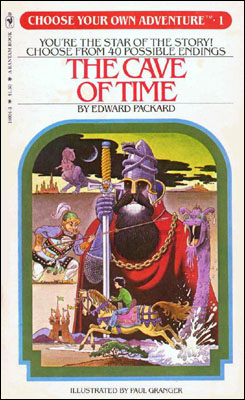
The Cave of Time, by Edward Packard
In the Choose Your Own Adventure series, as with most second person points of view, the reader becomes the protagonist. His or her choices actively move the story further along.
Some of the most successful examples of the second person point of view are the Choose Your Own Adventure books.

Other examples (because you thought there was only one): Bright Lights, Big City by Jay McInerney and Self-Help by Lorrie Moore
Third Person
When the narrator uses the pronouns he, she, they, or it. Unlike in first and second points of view, in third person the narrator is not a character within the story.
Third person point of view is perhaps the most commonly used perspective. It can give the author more flexibility than the other two perspectives, especially with third person multiple or omniscient.
The advantage of third person is that the author can write from a broader perspective.
The disadvantage is that it can be difficult to establish connection with the reader.
Third Person Limited - This point of view is limited to one character. The narrator only experiences what this one character experiences. This character is generally the protagonist of the story.
Third person limited is similar to first person because the story is confined to the knowledge, perspective, and experiences of only one character.

Example: 1984, by George Orwell
Third Person Multiple - This point of view allows the narrator to follow multiple characters within the story. The narrator can switch between characters and relate the story from their perspective. It is still limited because the narrator does not know about everything, only the characters he follows.
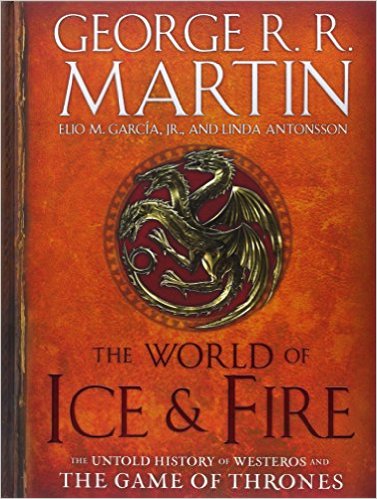
Example: A Song of Fire and Ice, by George R.R. Martin
Third Person Omniscient - This point of view is global. The narrator knows everything about everyone in the story. He knows the motivations, childhoods, inner thoughts and emotions of every character. The narrator becomes god-like. This narrator can provide accurate and insightful commentary because he knows how everything is connected.
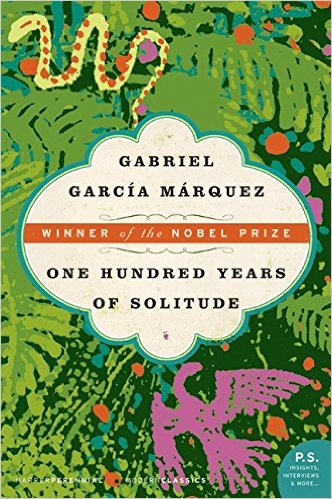
Example: One Hundred Years of Solitude, by Gabriel García Márquez
Which Point of View Should I Choose?
If you're stuck, here's an exercise to determine which point of view to use in your novel.
Write the first page of your novel from all three points of view. Then answer these questions (and pay attention to subtle hints):
Which one feels most natural to the story?
Which one gives you the greatest amount of creative power?
Which one tells the story the best?
Which point of view was quickest to write from?
You may even surprise yourself when you find that second person feels like the best choice. It happens.
Final Thoughts
There's pluses and minuses to every point of view. Truth be told, you could probably tell your story in different perspectives and still end up with a well done novel. However, some stories are better experienced through a specific point of view. Your challenge is to use this information to figure it out. Good luck!
First Person Vs Third Person Writing
Source: https://nybookeditors.com/2016/01/all-about-point-of-view-which-one-should-you-use/
Posted by: smithbelve1956.blogspot.com

0 Response to "First Person Vs Third Person Writing"
Post a Comment